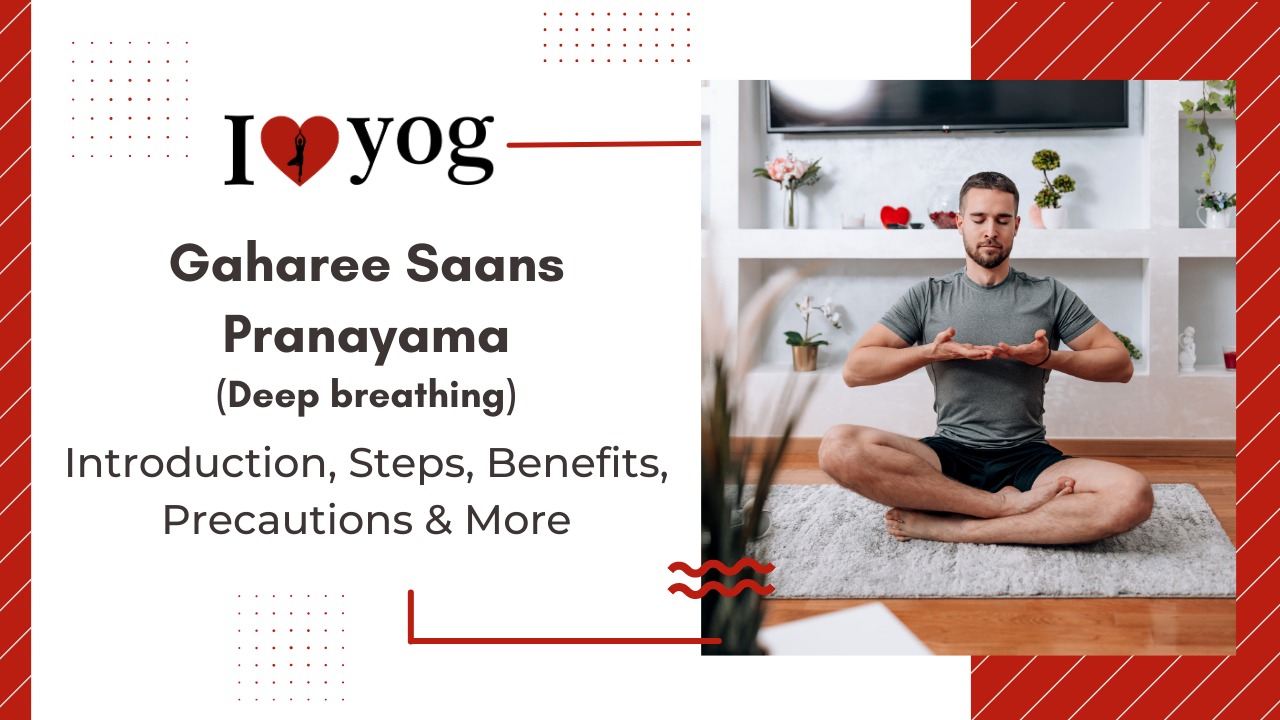Introduction:
Deep breathing is also known as diaphragmatic breathing, abdominal breathing, abdominal breathing, and step breathing. When you take a deep breath, the air coming in through your nose fills your lungs completely and your lower abdomen rises.
Steps of deep breathing?
- If your eyes are still open, close them.
- Take a few deep breaths.
- breathe in as you do this, imagine that the air is filled with a sense of peace and tranquillity.
- Try to feel it all over your body.
- As you do this, imagine the air escaping with your stress and tension.
- Now use a word or phrase with your breath.
- Continue for 10 to 20 minutes.
Diaphragmatic Breathing
If you’re unfamiliar with the diaphragm, it’s a small muscle just below your lungs. When you breathe properly, it contracts and moves down to allow your lungs to expand to take in fresh air. On the exhale, the opposite happens; it relaxes and slides further up into the chest cavity.
Diaphragmatic breathing:
- Start with one hand over your heart and one hand over your stomach.
- Breathe in through your nose and let the air fill your stomach.
- Keep your hands on your heart and stomach and notice how the one on your stomach moves while the one on your heart should stay the same.
- As you exhale, draw your navel toward your spine
- Your hand on your stomach slides down to its original position.
- Repeat these three to five times to start, noting how you feel after each time.
4-7-8 Breathing
In this type of breathing, you breathe in for four seconds, hold your breath for seven seconds, and breathe out for eight seconds:
- Start with one hand on your heart and one hand on your abdomen as you do the diaphragmatic breathing exercise.
- Take a deep, slow breath from your abdomen while feeling your diaphragm slide down.
- Count to four as you inhale.
- At the top, hold your breath while you count to seven.
- Exhale through your mouth for eight counts, completely emptying your lungs.
- Repeat these three to five times or until you feel calmer.
Benefits:
- It can be helpful in managing everyday anxiety as well as ever-present issues like generalized anxiety disorder.
- Managing stress
- Better sleep
- Faster recovery from exercise or exertion
- Improving focus
- Depression
How does deep breathing work?
- The autonomic nervous system, which controls involuntary actions like heart rate and digestion, is divided into two parts.
- One part, the sympathetic nervous system, controls your fight-or-flight response.
- The other part, the parasympathetic nervous system, controls your rest and relaxation response.
What is the correct order to practice deep breathing?
-
Try different breathing patterns
- There are several methods to breathe deeply; practice with them until you discover one that feels comfortable for you.
- Try inhaling four times and then exhaling six times.
- Or try square breathing: inhale four, hold four, exhale four, hold four.
-
Practice self-compassion
- While you’re doing deep breathing, be gentle to yourself.
- Realize that you may not notice results right away, and that’s okay.
- Give yourself credit for trying and keep practicing, even for just a minute or two, until you reach a point where you realize it’s helping you manage your stress.
- Then keep it up.
- Deep breathing is not like riding a bike; You have to do it regularly for it to be helpful.
-
Be mindful
- Mindfulness can enhance your deep breathing practice.
- Mindfulness is about recognizing your emotions and what’s going on in your body without judging any of it as good or bad.
- To be mindful during deep breathing, focus on your breath and let all thoughts fade away. Try to let them go; don’t be hard on yourself if you have them.
- Notice if your body is tense or if your mind keeps trying to return to a certain uncomfortable subject, but don’t get involved with yourself, just recognize what’s going on for information about yourself and yours collect stress response.
What is the proper technique for deep breathing?
Most people take shallow, rapid breaths into their chests. You can become nervous and feel exhausted. You can become nervous and feel exhausted. With this technique, you will learn how to breathe more forcefully, all the way into your stomach.
- Make yourself comfortable.
- You can lie in bed on your back or on the floor with a pillow under your head and knees.
- Or you can sit in a chair and support your shoulders, head, and neck against the back of the chair.
- Breathe in through your nose.
- Allow your stomach to fill with air.
- Exhale through your nose.
- Put a hand on your stomach.
- Put the other hand on your chest.
- As you inhale, feel your stomach rise.
- As you exhale, feel your stomach lower.
- The hand on your stomach should move more than the hand on your chest.
- Take three more full, deep breaths.
- Breathe in fully into your abdomen as it rises and falls with your breath
Are there any negative effects on the body?
For many of us, deep breathing seems unnatural. There are multiple reasons for this. For one thing, body image in our culture has a negative impact on breathing. A flat stomach is considered attractive, so women (and men) tend to pull in their abs. This disrupts deep breathing and gradually makes shallow chest breathing seem normal, increasing tension and anxiety.


